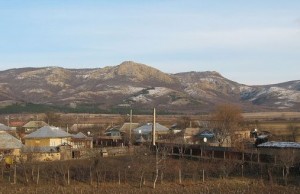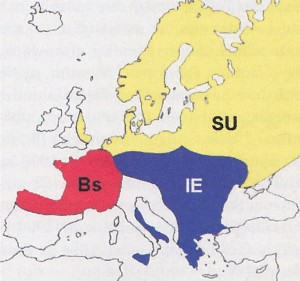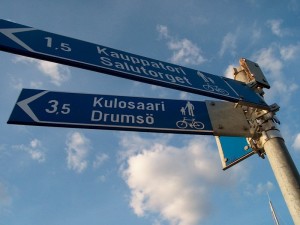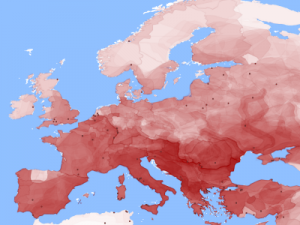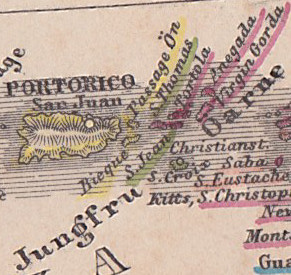The Sigynnae (Sigynni) were an obscure people of antiquity. They are variously located by ancient authors. Sigynnae — as mentioned by Herodotus — were “a people widely spread in the Danubic basin in the 5th century BC”.
The Sigynni were likely to be Iranian (Indo-Aryan) people.
Links:
- Iranian tribes on the map.
- Scythians, another Iranian people that lived close to Sigynni

 Baltic languages belong to the Indo-European languages. Today Baltic languages are spoken in Latvia (Latvian language) and Lithuania (Lithuanian language). But in the XIV Century, Baltic languages were spoken on a much bigger area. Follow the link below to see where.
Baltic languages belong to the Indo-European languages. Today Baltic languages are spoken in Latvia (Latvian language) and Lithuania (Lithuanian language). But in the XIV Century, Baltic languages were spoken on a much bigger area. Follow the link below to see where.